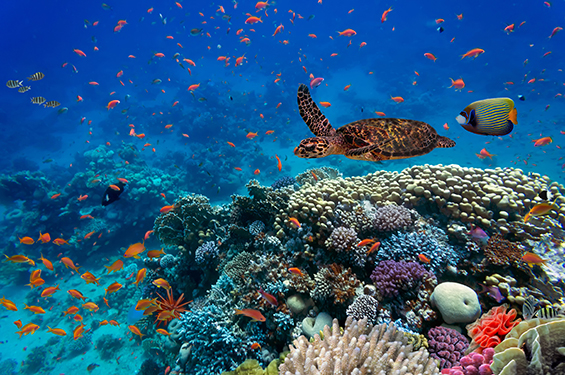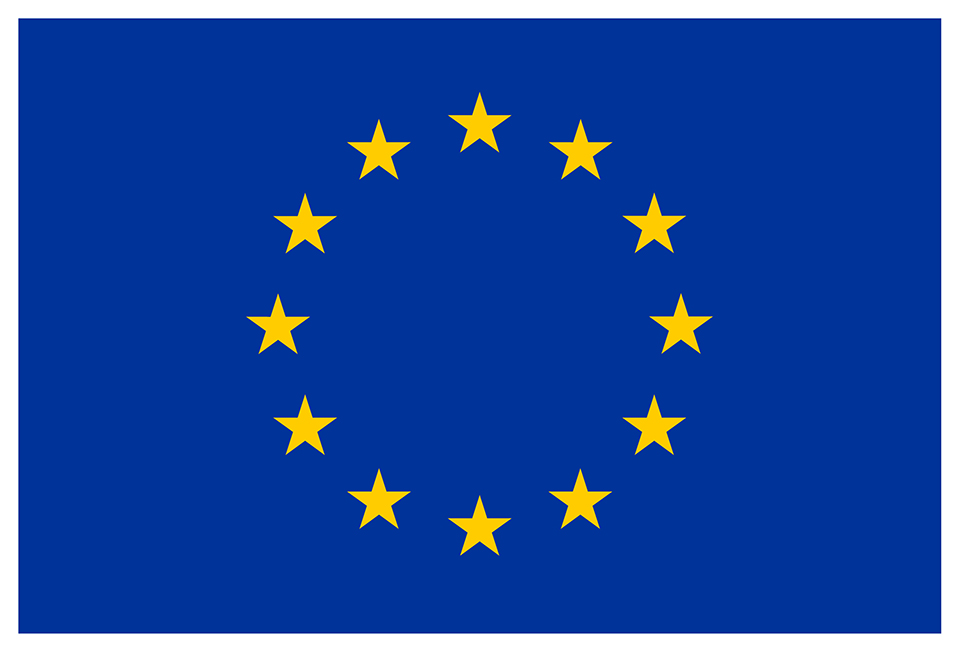Harnessing marine biodiversity data for a healthy ocean
With marine life playing such a pivotal role in ocean health and providing a host of benefits for the planet, data on life below the surface can help drive informed decision-making. Across the European Union (EU), research infrastructure, large-scale research projects, and intergovernmental initiatives are harnessing marine life observations for a healthier ocean future.
2.4 billion years ago, cyanobacteria began releasing oxygen into the ocean, which gradually seeped into the atmosphere, paving the way for multicellular life as we know it. “Without marine life, the Earth would look very different to what it does now,” says Dr Maria Grigoratou, science officer and an EU action Coordinator for the G7 Future of the Seas and Oceans Initiative (G7 FSOI) at Mercator Ocean International.
Cyanobacteria aren’t the only group of marine organisms to play a significant role in our lives. From providing food to storing carbon and beyond, “marine life provides many societal benefits,” Grigoratou explains. Knowing what lies beneath the ocean surface is essential for developing effective policies and actions that ensure a healthy ocean future.
Evidence-based decisions start with data
The G7 FSOI work towards a number of priority topics designed to strengthen and sustain ocean observations that underpin science and support effective decision-making. The Augmented Observing and Forecasting for Marine Life topic “links very well with the other G7 priorities,” says Grigoratou. “Marine life plays a crucial role in the carbon cycle, so this connects to the Ocean Carbon topic. It links to biogeochemistry, which is part of the One Argo Programme. There is also the Digital Twin Ocean Capabilities topic, which requires marine life data, and the Global Ocean monitoring indicator framework that translates biological data into societal benefit areas such as Ocean health and biodiversity to monitor changes and build science-based policy decisions.”
Beyond the G7 priority topics, “the new phase of the EU Marine Strategy Framework Directive has biological data requirements to give us a better sense of the ecosystem, and these also feed into Ocean Decade.” On a more local level, marine biodiversity data can also support healthy and sustainable fisheries, the development of marine protected areas and infrastructure such as aquaculture or offshore wind farms.
The climate and biodiversity crisis, coupled with ongoing development, means long-term, sustained data on marine life is essential for detecting trends, anomalies, and relationships. When harnessed in statistical or numerical models, the data can also help us fill in the gaps for the places we don’t have data and make predictions.

(c) iStock-539675480
Modelling the potential futures
At the Horizon 2020 AtlantECO project, researchers like Dr Meike Vogt (ETH Zurich) are creating a unifying framework to understand the Atlantic Ocean’s ecosystem services. A key area of study is the microbiome, a group which includes viruses, bacteria, and microalgae.
“The species concept doesn’t work so well for some of these groups/taxa, but they do form functional groups,” Vogt explains. Functional groups vary by environmental preferences and the roles they play in the ecosystem. For example, “diatoms form huge blooms when the conditions are right. When the blooms die off, they sink down, transporting carbon from the ocean surface into the deep,” says Vogt. If we want to understand the Atlantic Ocean ecosystem and how large-scale processes like the carbon cycle work, knowing where these functional groups are and how they and the services they provide are influenced by environmental conditions is essential. This is where models come in.
“There are statistical models that examine the relationship between environmental conditions and observations of a species or functional group to predict how much biomass is where – even for places where we don’t have any measurements.” Then there are numerical models, like the IPCC’s climate models, “which use equations to try to simulate the biology and make predictions,” says Vogt. Adding data on functional groups to these models can improve the accuracy of their predictions.
A collaborative effort
At LifeWatch ERIC, CEO Dr Christos Arvanitidis and colleagues are building infrastructure that harnesses data and online tools, facilitating collaborative research. “Collaborative work is how you build new knowledge and innovation, especially when you put together people from different disciplines or domains.”
Among the tools offered is the Marine Virtual Research Environment. “Instead of having a physical bench with physical samples, you have this virtual lab in the cloud,” says Arvanitidis. This virtual lab offers analytical tools and connects to various data sources, such as the Global Biodiversity Information Facility (GBIF) and the Ocean Biodiversity Information System (OBIS). “You may have someone in Australia, someone in the Mediterranean, and someone in the USA, all working together. They don’t have to worry about storing the data, managing the data, maintaining the infrastructure for the data, having access to the analytical services, etc.,” Arvanitidis explains.
LifeWatch ERIC’s services are constantly evolving. Their latest addition is the LifeBlock application, which employs blockchain technology. “Creating these infrastructures is a huge undertaking, and so too is collecting the biodiversity data,” says Arvanitidis. “We’re talking about genes, species, communities and beyond. There are many levels of biological organisation and many scales of observation. Both Biodiversity and Ecosystems are complex concepts to deal with, but observations are an essential component for marine science and society in general.”
Useful links
- G7 Future of the Seas and Oceans Initiative: https://www.g7fsoi.org/
- The Ocean Biodiversity Information System (OBIS) website: https://obis.org/
- The Global Biodiversity Information Facility (GBIF) website: https://www.gbif.org/
- Other LifeWatch ERIC virtual research environments: https://www.lifewatch.eu/catalogue-of-virtual-labs/marine-vre/services/
- The Euro-Argo ERIC website: https://www.euro-argo.eu/
- Biogeochemical Argo: https://biogeochemical-argo.org/





